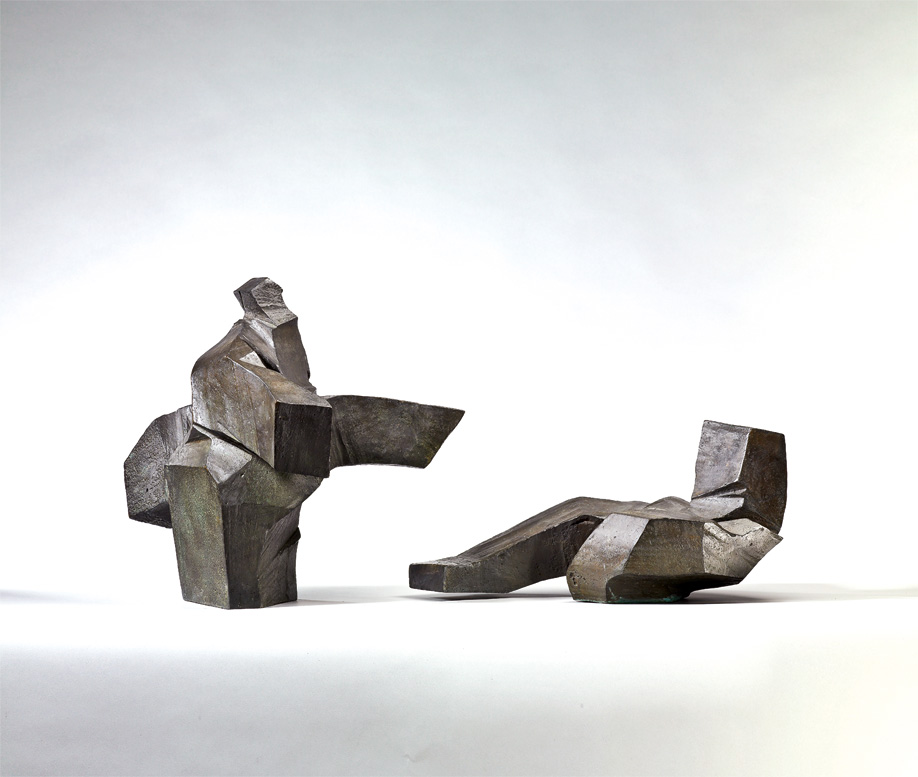|
Taichi Series - Shadow Boxing
|
|
1991 Bronze 49.5(L) x 51.5(W) x 56(H) cm (Left) Engraved Ju Ming in Chinese, numbered AP (both) |
|
Estimate
1,300,000 - 1,900,000 5,330,000 - 7,790,000 173,300 - 253,300
|
|
Sold Price
1,440,000 5,538,462 185,567
|
|
|
The Taichi Series by Ju Ming can be broadly divided into two categories: those depicting individuals demonstrating their skills and postures, and those that examine the contradictory relationship between opposing forces - the twin sparring figures. With the single Taichi figures, the force and rhythm of Taichi are expressed through body movements and postures. However the nature of Taichi is such that there are two types of chi: the Yin and the Yang. These two entities share a reciprocal relationship and are united as one, creating a harmonious and powerful movement.
In this work, "Taichi Series - Shadow Boxing", one figure is poised in a forward lunge, making an attack, while the other poses in a defensive position that is still, yet suggests motion. The continuity of Yin and Yang is embodied in these postures of attack and defense, forward and backward motion. In his creations, Ju Ming has fully captured the underlying essence of Taichi. As the renowned art historian Michael Sullivan said: "In his Taichi Series, this conflict of forces is explicit, in the dualism of the figures who thrust and retreat, give and take, in a dynamic relationship with one another. An invisible electric current seems to flow between them."
Mastering the spirit of Taichi and the concept of forms, Ju Ming's creations grew increasingly confident and refined, reaching a realm where he "carves at will", oblivious of himself. With a few clean marks of chopping, peeling and splitting, the sense of movement and weight is expressed. In this lot, the Taichi sparring represents two fighting forms possessing both calmness and dynamism. The form of shadow boxing, and the corresponding relation between spaces, later became an important key to his breakthrough with the more abstracted "Taichi Arch" series.
